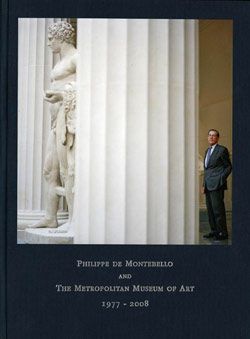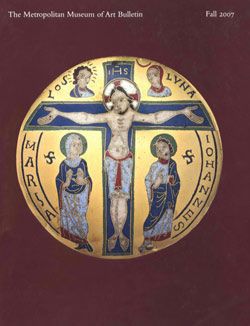Three-headed male figure
The three faces that extend around the summit of this commanding figure assert its heightened powers of perception and omniscience. The elongated torso offers a canvas for richly inscribed and colored graphic designs. Historically applied to the bodies of Kuyu men, those motifs conveyed meanings about life, death, and the origins of the community. The chevron pattern across the back signifies communication or contact—each angle represents the juncture between two distinct elements. This complex, elaborate creation was likely the centerpiece of narratives concerning a clan’s formation that were related over the course of initiation rites. The three projections from the crown of the figure’s detachable head allude to Djo, the horned viper, from which one branch of the Kuyu claims descent.
This image cannot be enlarged, viewed at full screen, or downloaded.
This artwork is meant to be viewed from right to left. Scroll left to view more.



